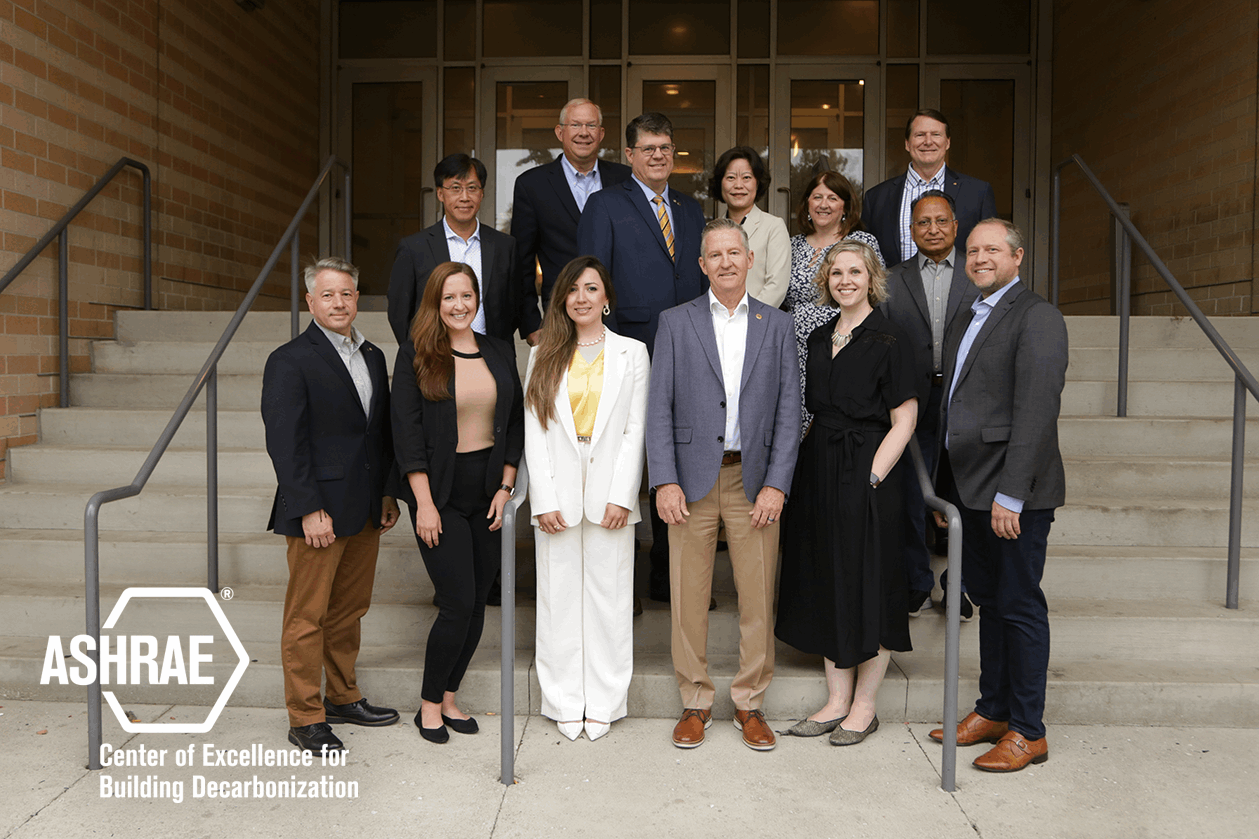Questions? Contact decarb@ashrae.org

Join Us on the Journey to Zero.
Building owners, government jurisdictions and industry professionals around the world are responding to accelerating climate change and recognizing that building decarbonization is a significant component to their efforts. The worldwide building sector accounts for about 40% of energy-related carbon emissions and the global building stock is predicted to double by the year 2060.
Buildings remain a key sector that today lacks sufficient climate change mitigation action. As the global authority for building energy standards, ASHRAE recognizes that the scope of building-related policies, programs and regulations needs to expand to incorporate deep energy efficiency improvements, beneficial electrification, demand flexibility, and whole building lifecycle greenhouse gas emission reductions. These outcomes need to be achieved concurrently with maintaining comfortable, healthy, safe, resilient, and affordable building environments for occupants.
Two-minute overview of Building Decarbonization
Featuring ASHRAE Presidential Member Kent Peterson
WATCH NOW
|
Decarbonizing Building Thermal Systems: A How-to Guide for Heat Pump Systems and Beyond
DOWNLOAD
|